by George Williams with photos by Charles Glatzer, EOL
Canon Explorer of Light Charles Glatzer and his Shoot the Light clients will be joining Churchill Wild this fall for their record 10th visit to Seal River Heritage Lodge and Nanuk Polar Bear Lodge, looking for the ultimate shot of polar bears in snow and ice.
The 60-year-old Glatzer has been travelling to the Churchill area for 15 years, and Churchill Wild has been the host for many of those adventures, but Glatzer has been around the world looking for polar bears, brown bears and black bears for over 35 years. This will be his 93rd bear trip with Shoot the Light clients.
“My job is to take people to the best locations on the planet, and teach them to do what I do,” said Glatzer. “The Churchill Wild lodges are really the only place where you can get ground-level shots of polar bears. From a safety perspective, there is no place else you can do it.”
Glatzer and Shoot the Light will be at Seal River Heritage Lodge from November 6-12 and Nanuk Polar Bear Lodge from November 11-18 this year.
“What attracted me to Churchill Wild was the owners, Mike and Jeanne Reimer,” said Glatzer. “I think they’re one of the sincerest couples I’ve ever met. They’re real. You have to be a good judge of character if you want to develop long-term relationships in this business. They were people I could do that with.
“And I’m naturally drawn to the Arctic. It’s one of the most pristine environments left on earth. I think a big part of it for me is that I’m able to show people animals in natural environments and conditions that most will never get to or even want to go to. Bears are my favourite subject, I love photographing in snow and ice, and the winter light can be amazing.”
Becoming a Canon Explorer of Light
Glatzer comes by his prestigious Canon Explorer of Light designation honestly, and his photography skills, education, work ethic and knack for teaching photography have translated into travelling with clients to wild locations all over the planet for eight months every year.
The Explorers of Light program was started in 1995 to recognize, celebrate and highlight the work of outstanding professional imaging creators. There are now about 40 Explorers in the United States that have been inspiring and educating photographers of all levels for over 20 years. The group is comprised of some of the most influential photographers in the world, each a master of their creative specialty.
Glatzer’s specialty is wildlife photography, but he established a wide and solid base in a variety of theoretical and practical photography areas before getting to this stage.
“Before I even bought a camera I knew how to use it,” said Glatzer, who dabbled in photography from a young age and worked in a camera store, gaining a strong understanding of the technical and engineering aspects of cameras and photography. He also worked as an assistant wedding photographer and moved on to high-end portraits before deciding to get his Master of Photography (M.Photog.).
According to the Professional Photographers of America (PPA), the M.Photog. designation is awarded for superior photographic skills demonstrated through the Photographic Open category of PPA’s International Photographic Competition, advanced education, and service to the industry.
“At the time not a lot of people had the M. Photog.” said Glatzer. “The fastest you could get that degree was three years. It took me that long, to the day. You had to enter prints, give presentations with photos, and you had to do written tests. There was also a technical component. Each gave you points towards the degree.”
Glatzer earned his M. Photog. while working in a studio doing commercial photography and industrial advertising photography for Fortune 500 reports, magazines and jewelry catalogues etc.
“The final results showed up in your prints,” said Glatzer. “They had to be excellent. You had to prove you could walk the walk. Back then it was all film. The proof was in the pudding. Working in a technical environment and working in a studio was one of the best things you could ever do.
“You’re working from a black hole. There’s no light. They give you the product and you have to figure out what to do with it. So you had to learn about quality, quantity and direction of light and apply it to paint a picture that would draw the viewers attention to what you thought was most important, the center of interest. You’re given a layout and a concept and you have to figure out how to bring the subject to life.”
The Canon Explorer of Light designation represents a recognition of a lifetime of service and achievement in the industry for Glatzer.
“Your work is of high enough quality that they want you to represent the brand,” said Glatzer. “It’s essentially a mentoring program, designed to help you teach others to do what you do. So it’s a perfect fit for me because I believe in their product and I get to mentor others to do what I do, and that’s what my whole career has been based on.
“Explorer of Light is recognition for a lifetime. They come to you, you can’t apply for it. They see you’re prominent in the industry, that people have respect for what you do and how you do it. It’s all encompassing. It’s not just being able to produce good photographs, but who you are in the industry.
“It’s the cream of the crop for a particular genre, whether that be portraits, weddings, sports, photo journalism or wildlife, nature and landscapes. There’s also a generalist category. My category is wildlife.”
Establishing Shoot the Light
Glatzer started out on a dive boat photographing everything from tiny invertebrates to whales, from the smallest macro to the largest mammal on earth. People were always asking questions, so he decided to lease a boat and teach aspiring photographers how to do what he was doing. The teaching was much more lucrative than selling a single photograph to a publication, and it led to starting a nature magazine — which was met with skepticism.
Glatzer told his wife he was going to take everything he knew about photography and let everybody know about it. His friends told him it would kill their careers, because everyone would know how to do what they were doing, but it actually worked in the opposite way. People asked a lot of questions in the magazine, which Glatzer was happy to answer, and when digital arrived the magazine naturally morphed into a forum where people would go to ask questions about photography.
“Everything came together at just the right time,” said Glatzer. “Now everyone does it. But back then we were first and people started to get to get to know us. That enabled us to start Shoot the Light in the mid 1990s and offer photography workshops.”
Shoot the Light started out with 4-day technical workshops that included a day each on metering (how to see and understand light, expose properly), flash (how to utilize), visualization (what makes a good photo and what doesn’t), and post production (now that you’ve got a great photo, how do you maximize it). They later began offering photography trips that included all the topics above and more.
Catering mainly to advanced amateur photographers, Shoot the Light has now taken clients on hundreds of trips, and currently offers about 18 trips a year, many to Africa, Japan and the Falkland Islands.
“Africa will change you,” said Glatzer. “The daily struggle for survival. Every waking moment of their lives the animals are looking over their shoulder. In Japan we photograph snow monkeys, Red-crowned cranes, Whooper swans and Steller’s sea eagles. We’ve been to the Falkland Islands 15 times, photographing five species of penguins, elephant seals, sea lions and Orca. It’s the most accessible place in the world for Orca predations.
“Basically what it comes down to is me finding the best times and the locations. We have to maximize the photographic potential for the participants, and that takes a lot of research and planning. We have excellent groups and it’s become like a big family, but I have to make sure it’s the best location, at the best time, for the best wildlife sightings”
Churchill Wild is certainly happy to be included in the above mix.
“Nanuk Polar Bear Lodge was surreal last year,” said Glatzer. “We had 12 wolves right in front of us howling at the aurora. How do you describe that to people? That’s the hard part. It’s amazing to see wolves, and amazing to see the aurora, but put the two together and it’s mind-blowing. How many people on the planet do you think witnessed that?
“At Seal River we had polar bears, wolverine, ermine, ptarmigan, caribou, Artic hare and fox It was a field day. On the second day we had 4-5 polar bears and Arctic hare running amok everywhere. They were all over the place. We also had spectacular northern lights the first night we arrived. Some of the strongest I’ve ever seen. The sky was dancing, curtains were moving across the sky. It was a spiritual moment. Everyone who was on the trip was overjoyed with what they got and what they saw.”
Glatzer’s tries to fill whichever Churchill Wild lodge he’s at with like-minded photographers and make it photographic centric trip. Each night he does a 1 ½-hour presentation on an aspect of photography, so every trip is an instructional workshop.
“My goal is to teach people how to take better photographs,” said Glatzer. “And our clients have been winning some top honours in the world’s best nature photography contests. I don’t enter because I think it’s a conflict of interest. What if I’m standing next to a client and I take the same photo, and my processing or composition is a little better? I’d rather see them win the prize.”
Shoot the Light participant Greg Gulbransen was ecstatic when he won the Weather Channel’s “It’s Amazing Out There” Contest in 2016, and his teacher Glatzer was the first person he called.
“We were just as happy as he was,” said Glatzer. “That’s worth much more to me than winning a contest. Not only is it immensely satisfying to have one of our clients win, but it shows that we’re doing what we’re supposed to be doing. That has helped us maintain a very high retention and repeat rate among clients, some of which have been with us on over 50 trips. Fourteen of the 18 people that were at Churchill Wild with us had been on multiple trips with me before. And some of those will likely be back for our Seal River Polar Bears Workshop in 2019.
“I look at every client as long term. Nobody is a one hit deal. I’m not interested in someone paying my way to go somewhere. A lot of people do that. I’m interested in really teaching them, treating them well, and we have long term plans.”
Becoming a better photographer
“You have to be able to see the picture in your mind first,” said Glatzer. “Then you have to figure out the tools and techniques required to capture that vison — the lens, f-stops, shutter speeds – that will make your vision come to fruition.”
But what if they can’t see the picture?
“You help them enjoy and make the most of it,” said Glatzer. “There are people that can master the technical end but they can’t master the visuals. Others have the visual skills but don’t have the technical. We try to help people strengthen their skills on each side. The people that rise to the top are those that can master both. There is no separation of visuals esthetics and technique. Both comprise the entity. When you look at the photograph you can’t separate the technique or visual, because you’re looking at the picture as a whole.
“Some people click off a bunch of pictures and get a good photo, but they can’t repeat it. If you don’t understand the process you can’t consistently reproduce high quality photographs. You have to know what makes a good picture and concentrate on the elements required to create it. When you can see the picture in your mind, and consistently make that picture show up in the back of your camera, you know you’ve become a photographer.”
Appreciation of nature
In the wildlife genre, observing and understanding animal behaviour leads to better photographs, and that only comes with experience. If you spend enough time with the animals you’re eventually able to reasonably predict what they are going to do in different situations and prepare better for the shot. That’s also part of Glatzer’s teachings, but you still need help.
“Nature is unpredictable,” said Glatzer. “Most of the people that come with me understand that. We do our best due diligence to make it all happen for them, but our clients pay a lot of money to be there so we have to be producing. Churchill Wild has access to some rare wildlife with their remote locations, they have amazing food, and they look after you like family. And we all have the same objective. The guides, Mike and Jeanne, myself, we’re in this together and we want to give the guests the best experience possible. It’s as much about the experience as it is about the photography.
“I’ve been there so many times now I’ve also gotten to know Mike and Jeanne’s family and kids. So for me, when I come back, it’s like an extended family. It’s a wonderful feeling that transfers over to the other people who are there as well. And how many people get to see wild polar bears on the ground? Sometimes you just have to put the camera down and realize where you are.”
“It really makes you appreciate it.”
Charles Glatzer Churchill Wild Photo Gallery
- Fox yawn.
- Love in the cold.
- Paw stretch.
- Someone’s watching us.
- Charles Glatzer.
For more information on Charles Glatzer and Shoot the Light please contact:
Charles Glatzer, M.Photog.
Canon Explorer of Light
X-Rite Coloratti
F-Stop Global Icon
Shoot the Light
Office (828) 891-4082
info@shootthelight.com
www.shootthelight.com
Instagram@charlesglatzer
Facebook/charles.glatzer

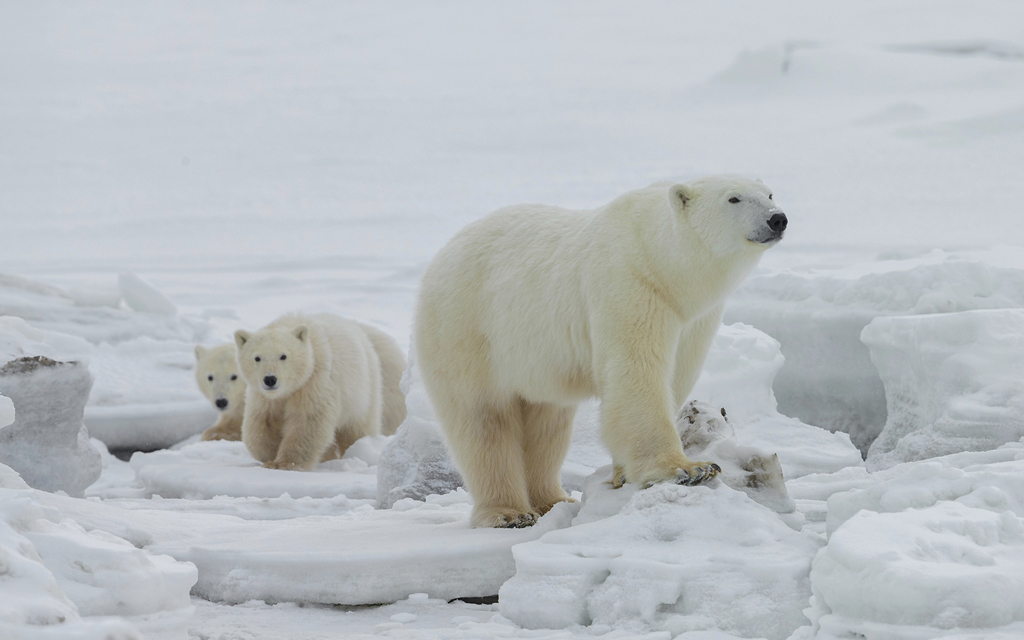

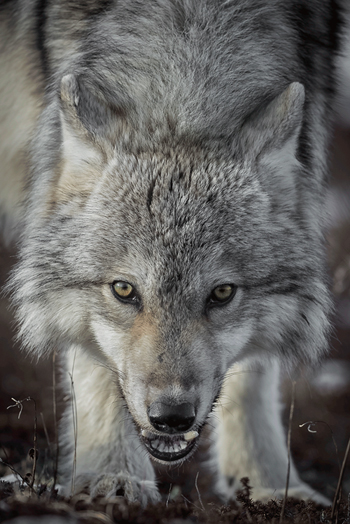
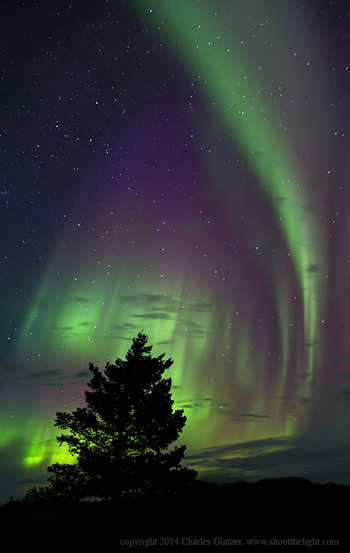
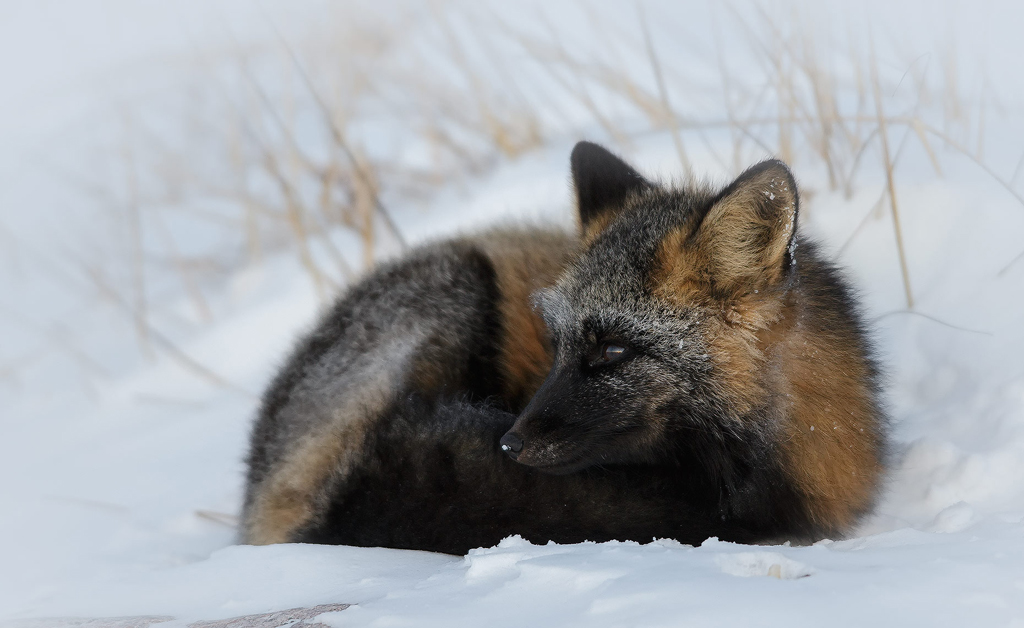
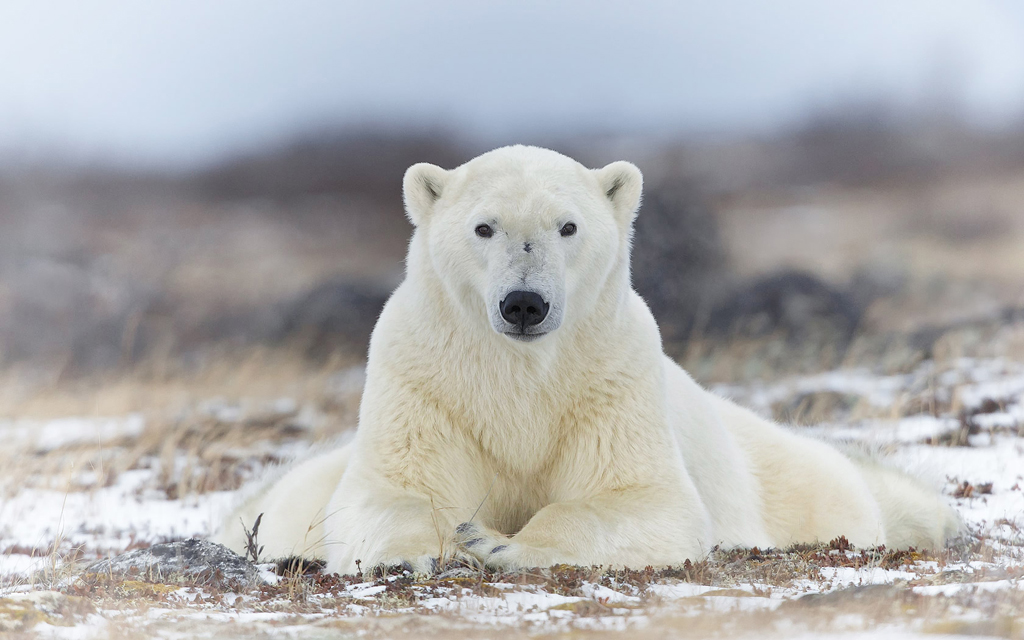
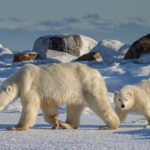
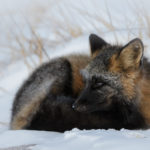
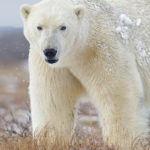
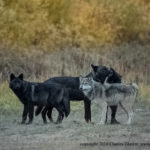
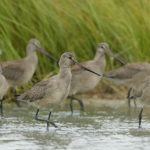
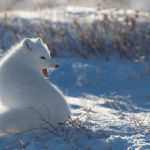
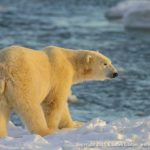
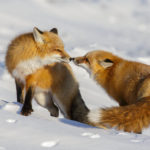
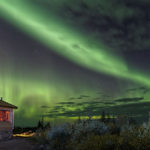

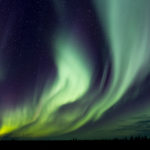
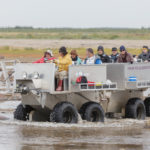

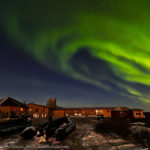
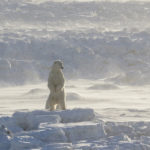
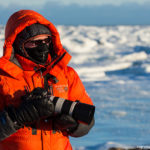

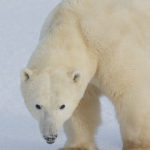
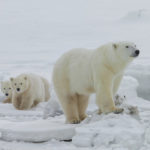
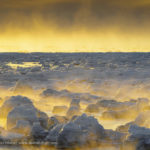
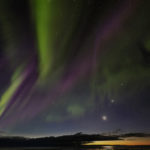
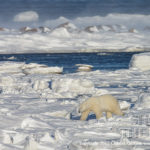
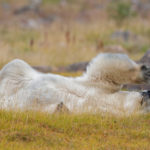
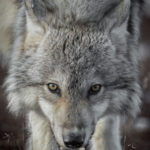

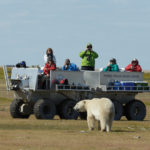
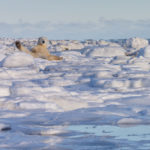
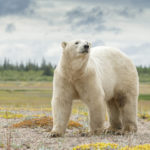
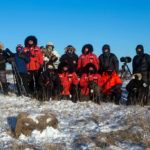
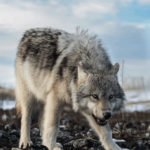
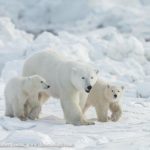
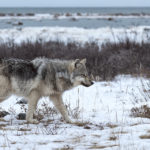
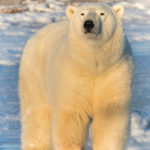


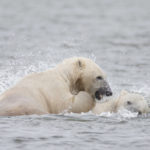
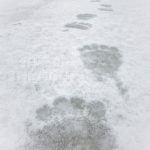
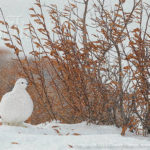
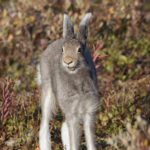
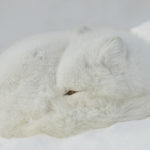
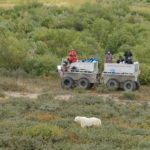
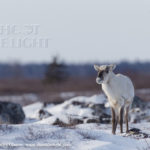
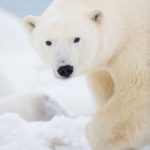
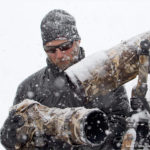








Perfectly written article about the top pro/educator I have ever been in the field with. Best of the best!
Thank you so much Bruce! We’re sure Chas will like to hear that!